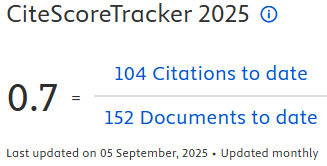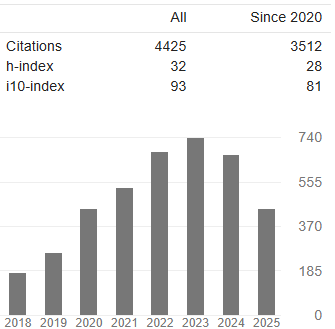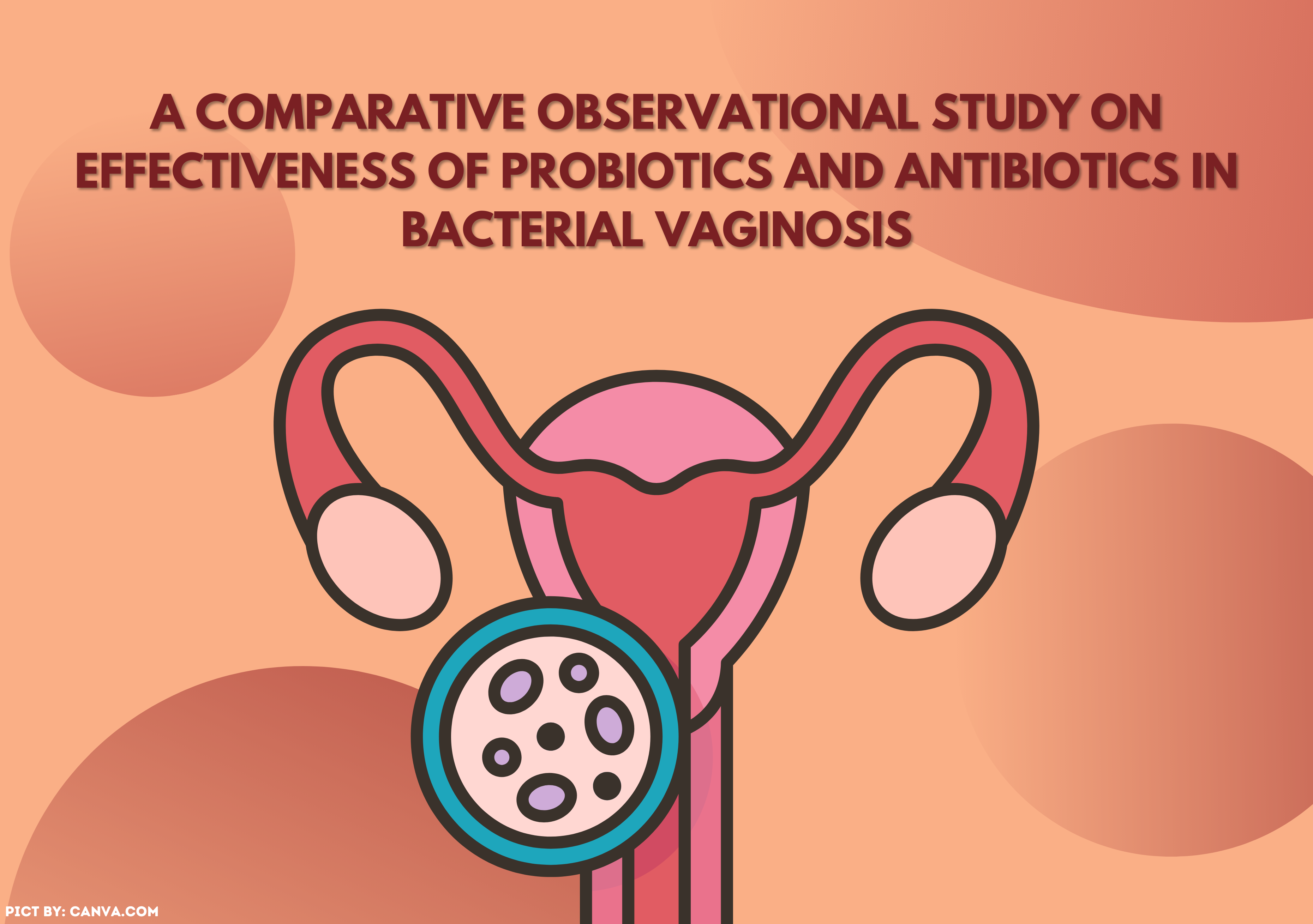THE RELATIONSHIP BETWEEN MOTHER'S OCCUPATION, ADEQUACY LEVELS OF ENERGY AND PROTEIN WITH INFANT'S NUTRITIONAL STATUS
Downloads
Infant is one of vulnerable groups that have nutritional problems. High prevalence of nutritional problems could affect nutritional status that become an important concern.The determining factor of nutritional status includes nutritional intake and maternal occupation. The purpose of this study was to determine the relationship between maternal occupation and nutritional intake, with nutritional status of infants aged 6-12 months.This study used cross-sectional design, with nutrional status of infants as dependent variable; intake of the food energy sufficiency level and protein sufficiency level. Subject was selected by simple random sampling technique. The interview was conducted on 88 mothers of infants aged 6-12 months, which used questionnaire, form food recall 2x24 hours (breastfeeding and complementary feeeding), and anthropometric measurements (W/L index). Data analyzed used Spearman-Rank test and Coefficient Contingency.The results of this study showed that most of the infants had normal nutritional status (76,1%). Maternal occupation (p=0,025)had correlation with nutritional status. The food energy sufficiency level (p=0,047)had correlation with nutritional status and protein sufficiency level (p=0,016)had correlation with nutritional status. The conclusion of this study is infant who get the sufficiency level of energy and protein sufficiency level adequate has normal nutritional status. Wasting infant tend to have inadequate energy and protein intake. This study suggest mothers to give complementary feeding appropriately the quantity and according to the stage of giving food to infant.
Keywords: maternal occupation, nutritional status of infant, the sufficiency level of energy, protein sufficiency level
Adriani, M., 2012. Peranan Gizi dalam Siklus Kehidupan. Jakarta : Kencana.
Afriyani, R., 2016. Faktor – Faktor Yang Mempengaruhi Kejadian Wasting Pada Balita Usia 1-5 Tahun Di Puskesmas Talang Betutu Kota Palembang. Jurnal Kesehatan., 7(1, April), pp.66–72. https://doi.org/10.26630/jk.v7i1.120
Ariningsih, E., and Rachman, H.P.S., 2008. Strategi Peningkatan Ketahanan Pangan Rumah Tangga Rawan Pangan. Analisis Kebijakan Pertanian., 6(3), pp.239–255.
Astari, L.D.A., Dwiriani, C.M., 2005. Hubungan Karakteristik Keluarga, Pola Pengasuhan dan Kejadian Stunting Anak Usia 6-12 Bulan. Media Gizi dan Keluarga., 29(2), pp.40-46.
Bappenas., 2010. Periode Emas pada 1000 Hari Pertama Kehidupan.
Barasi, M.E., 2007. Ilmu Gizi. Jakarta : Erlangga.
Belfield, C.R., Kelly, I.R., 2010. The Benefits of Breastfeeding Accros The Early Years of Childhood. Journal of Human Capital., 6(3), pp.251–277. https://doi.org/10.1086/667415
Candra, A., 2013. Hubungan Underlying Factors Dengan Kejadian Stunting pada Anak 1-2 Tahun. Journal of Nutrition and Health., 1(1).
Darmayanti, F., 2014. Variasi MP ASI Harian. Jakarta : Notebook.
Dewey, K.G,. Mayers, D.R., 2011. Early Child Growth: How Do Nutition and Infection Interact. Blacwell Publishing Ltd Maternal an child Nutrition., (Suppl.3), pp.129–142. https://doi.org/10.1111/j.1740-8709.2011.00357.x
Dietz., 2008. Breastfeeding May Help Prevent Childhood Overweight. JAMA, 2000(285), pp.2506–7. https://doi.org/10.1001/jama.285.19.2506
Surabaya District Health Office., 2015. Data Laporan PSG Kota Surabaya Tahun 2015.
Ernawati, A., 2009. Hubungan Faktor Sosial Ekonomi, Hygiene Sanitasi Lingkungan, Tingkat Konsumsi dan Infeksi Dengan Status Gizi Anak Usia 2-5 Tahun Di Kabupaten Semarang. Thesis. Universitas Diponegoro.
Farhanah S., and Naleena, D., 2012. The Association of Maternal Employment Status on Nutritional Status among Children in Selected Kindergartens in Selangor, Malaysia. Asian Journal of Clinical Nutrition, 4, pp.53–66. https://doi.org/10.3923/ajcn.2012.53.66
Fitriana., 2013. Dampak Usia Pertama Pemberian Makanan Pendamping ASI Terhadap Status Gizi Bayi Usia 8-12 Bulan Di Kecamatan Seberang Ulu I Palembang. Sari Pediatri., 15(4 December), pp.249–253. https://doi.org/10.14238/sp15.4.2013.249-53
Giri, M.K.W., 2013. Hubungan Pengetahuan Ibu dan Sikap Ibu tentang Pemberian ASI Eksklusif dengan Status Gizi Balita Usia 6-24 Bulan. Jurnal Magister Kedokteran Keluarga., 1(1), pp.24–37.
Hasnain, S., and Sophie, R., 2010. Prevalence and Risk Factors for Stunting Among Children Under 5 Years. Journal Pak Med Assue., 60(1), pp.41–44.
Istiany, A., R., 2014. Gizi Terapan. Bandung : Remaja Rosidakarya.
Kurniasih, D., Hilmansyah, H., Astuti, M.P., & Imam, S., 2010. Sehat dan Bugar Berkat Gizi Seimbang. Jakarta : Penerbitan Sarana Bobo.
Kusumawati, D., 2014. Hubungan Pekerjaan, Pendidikan dan Pengetahuan Ibu tentang Makanan Pendamping ASI dengan Status Gizi Balita Usia 7-24 Bulan. Skripsi. Universitas Muhammadiyah Surakarta.
Meilyasari, F., dan Isnawati, M., 2014. Faktor Risiko kejadian Stunting pada Balita Usia 12 Bulan di Desa Purwokerto Kecamatan Patebon Kabupaten Kendal. Journal of Nutrition College., 3(2), pp.16–25. https://doi.org/10.14710/jnc.v3i2.5437
Meipita, T., 2009. Hubungan Tingkat Pengetahuan Ibu, Pola Pemberian MP-ASI dengan Status Gizi Pada Bayi Usia 6-12 Bulan. Skripsi. Universitas Diponegoro.
Mubarak, W., 2012. Ilmu Kesehatan Masyarakat Konsep dan Aplikasi dalam Kebidanan. Jakarta : Salemba Medika.
Ningrum, I.A., 2004. Faktor-Faktor Yang Berhubungan Dengan Status Gizi Di Kelurahan Koto Karang Kecamatan teluk Belitung Barat Bandar Lampung. Skripsi. Univeristas Malahayati.
Nur, A., Marissa, N., 2014. Riwayat Pemberian Air Susu Ibu dengan Penyakit Infeksi pada Balita. Jurnal Kesehatan Masyarakat Nasional., 9(2 November).
https://doi.org/10.21109/kesmas.v9i2.510
Ratnaningsih, E., 2011. Hubungan Pemberian ASI Eksklusif dan MP ASI Terhadap Status Gizi Bayi 6-12 Bulan. Jurnal Kebidanan Panti Wikasa., 2(1 October).
Sari, M., 2010. Higher Household Expenditure on Animal Source and Nongrain Foods Lowers the Risk of Stunting among Children 0-59 Months Old in Indonesia. J. Nutr., 140(1), pp.195S-200S. https://doi.org/10.3945/jn.109.110858
Setiani, D., 2012. Faktor-Faktor Yang Berhubungan Dengan Status Gizi Bayi Usia 6-12 Bulan Di Posyandu Kelurahan "B” Kota Surakarta. Skripsi. STIK SINT Carolus.
Soetjiningsih., 2016. Tumbuh Kembang Anak. Jakarta : EGC.
Sulistyorini, E., and Rahayu, T., 2009. Hubungan Pekerjaan Ibu Balita Terhadap Status Gizi Balita Di Posyandu Prima Sejahtera Desa Pandean Kecamatan Ngemplak Kabupaten Boyolali. Jurnal Kebidanan Indonesia., 1(2 July).
Umeta, M., West, C.E., Verhoef, H., and Hautvast, J.G.A.J., 2003. Factors Associated with Stunting in Infants Ageed 5-11 Months in the Dodota-Sire District Rural Ethiopia. Journal of Nutrition., (133), pp.1064–1069. https://doi.org/10.1093/jn/133.4.1064
Walyono., 2010. Gizi Reproduksi. Yogyakarta : Pustaka Rihama.
- The authors agree to transfer the transfer copyright of the article to The Indonesian Journal of Public Health effective if and when the paper is accepted for publication.
- Authors and other parties are bound to the Creative Commons Attribution-NonCommercial-ShareAlike 4.0 International License for the published articles, legal formal aspect of journal publication accessibility refers to Creative Commons Attribution-NonCommercial-ShareAlike 4.0 International License (CC BY-NC-SA), implies that:
- Attribution ” You must give appropriate credit, provide a link to the license, and indicate if changes were made. You may do so in any reasonable manner, but not in any way that suggests the licensor endorses you or your use.
- NonCommercial ” You may not use the material for commercial purposes.
- ShareAlike ” If you remix, transform, or build upon the material, you must distribute your contributions under the same license as the original.































